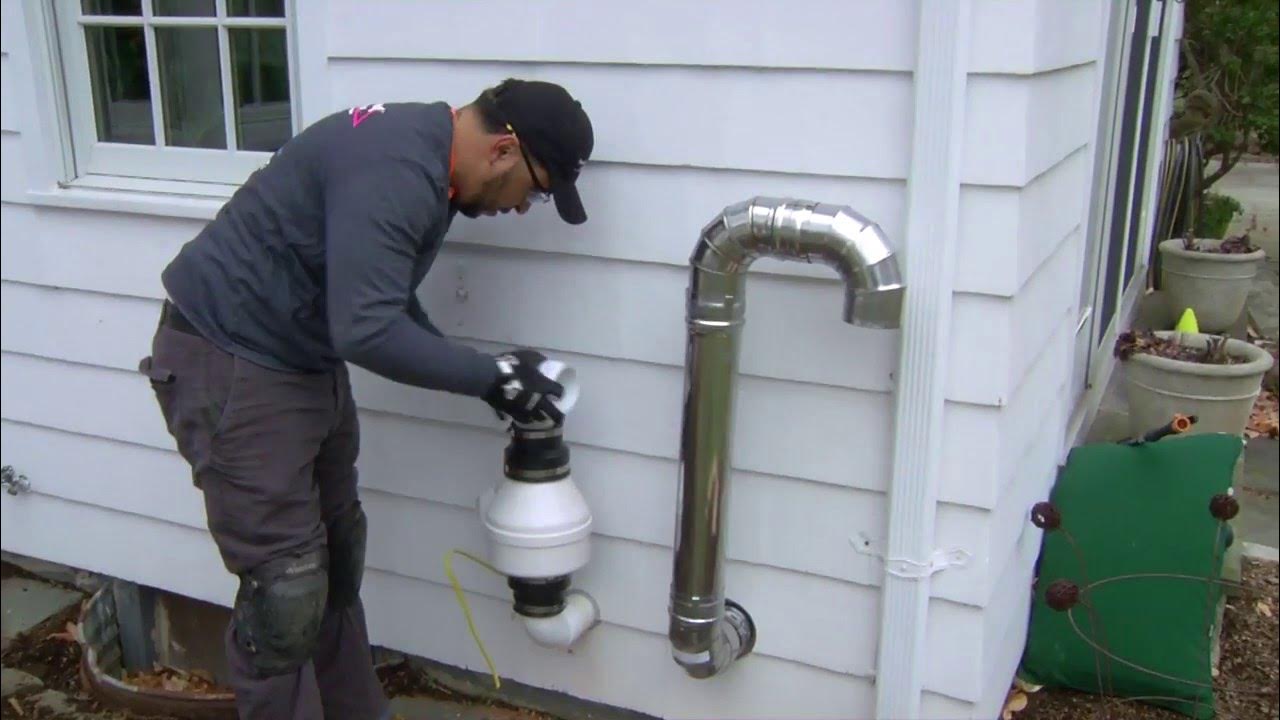Radon mitigation is a crucial aspect of home safety, particularly in regions where radon levels are high. Radon is a colorless, odorless radioactive gas that can seep into homes from the ground, posing significant health risks, including lung cancer.
When buying or selling a home, the question often arises: who pays for radon mitigation, the buyer or the seller? This guide delves into the factors that determine the responsibility for radon mitigation costs, providing a detailed overview for both buyers and sellers.
Table of Contents
Understanding Radon and Its Risks
Radon is a naturally occurring gas resulting from the decay of uranium in soil, rock, and water. It can enter homes through cracks in floors, walls, and foundations, accumulating to dangerous levels. Prolonged exposure to high levels of radon is the second leading cause of lung cancer after smoking. Therefore, addressing radon issues is essential for ensuring a safe living environment.
Health Risks Associated with Radon
Exposure to radon gas over extended periods can lead to serious health complications. The radioactive particles can be inhaled, damaging the cells lining the lungs. This damage can result in lung cancer, particularly among individuals who smoke. According to the Environmental Protection Agency (EPA), radon is responsible for about 21,000 lung cancer deaths annually in the United States alone. Therefore, mitigating radon in homes is a vital step in protecting the health of residents.
Radon Testing: The First Step
Before discussing who should pay for radon mitigation, it’s essential to understand the importance of radon testing. Testing is the only way to determine radon levels in a home. Homeowners can conduct a short-term test (lasting a few days) or a long-term test (lasting several months) to assess radon levels accurately. If the radon level is at or above the EPA’s recommended action level of 4 pCi/L, mitigation measures are necessary.
Short-Term vs. Long-Term Testing
- Short-Term Testing: These tests are quick and provide immediate results, making them suitable for real estate transactions. Short-term tests typically last between 2 to 7 days and are placed in the lowest lived-in level of the home. This method is beneficial for obtaining a rapid assessment of radon levels, which can be crucial during the home-buying process.
- Long-Term Testing: These tests offer a more accurate representation of the average radon levels over time and are ideal for homeowners looking for a comprehensive assessment. Long-term tests last for more than 90 days and provide a better understanding of the home’s year-round radon levels, accounting for seasonal variations.
Real Estate Transactions and Radon Mitigation
In real estate transactions, the responsibility for radon mitigation can vary based on several factors, including local regulations, the results of the radon test, and the terms negotiated between the buyer and seller.
Seller’s Perspective
From the seller’s standpoint, addressing radon issues before listing the property can make the home more attractive to potential buyers. If a pre-sale radon test indicates high levels, sellers might opt to pay for mitigation to avoid any complications during the sale process. Mitigating radon issues beforehand can expedite the sale and potentially increase the property’s value.
- Preemptive Measures: By taking the initiative to test and mitigate radon levels before listing the property, sellers demonstrate a commitment to the safety and well-being of future occupants. This proactive approach can reduce the likelihood of negotiations stalling over radon concerns.
Buyer’s Perspective
Buyers, on the other hand, may request a radon test as part of the home inspection process. If the test reveals high radon levels, buyers can negotiate with the seller to cover the mitigation costs. In some cases, buyers may agree to share the cost or take on the responsibility themselves, depending on the urgency of their move and their budget.
- Negotiation Leverage: Knowing the radon levels before purchasing provides buyers with the leverage to negotiate the price or request the seller to perform mitigation. This knowledge ensures that buyers are making an informed decision and investing in a property that meets safety standards.
Negotiating Radon Mitigation Costs
Negotiations regarding radon mitigation costs can be straightforward if both parties are willing to cooperate. Here are some common approaches to resolving this issue:
Seller Pays for Mitigation
- Pre-Sale Testing and Mitigation: Sellers conduct a radon test before listing and pay for mitigation if necessary. This proactive approach can streamline the sale process and provide peace of mind to buyers. Sellers who handle radon mitigation upfront eliminate potential obstacles during the negotiation phase and present their property as move-in ready.
- Buyer’s Request: If a radon test during the home inspection reveals high levels, sellers may agree to cover the mitigation costs to avoid delays in closing the sale. Agreeing to pay for mitigation in response to a buyer’s request can facilitate a smoother transaction and build trust between both parties.
Buyer Pays for Mitigation
- Discount on Sale Price: Sellers may offer a discount on the sale price equivalent to the estimated cost of radon mitigation, allowing buyers to handle the process themselves after purchasing the home. This approach provides buyers with the flexibility to choose their preferred mitigation method and schedule.
- Buyer’s Initiative: In competitive markets, buyers might choose to accept the cost of mitigation to secure the property, especially if the home meets all their other criteria. Willingness to cover mitigation costs can make a buyer’s offer more attractive to sellers, particularly in multiple-offer situations.
Shared Costs
- Split Costs: Both parties agree to share the mitigation costs. This compromise can be an effective solution, especially when both the buyer and seller are eager to finalize the transaction. Splitting the costs demonstrates a collaborative approach and ensures that neither party bears the full financial burden.
- Escrow Funds: The seller may agree to place funds in escrow to cover the cost of radon mitigation, ensuring the buyer has the resources to address the issue after the sale. Using escrow funds provides a structured way to manage the mitigation process and ensures that the necessary funds are available when needed.
Legal and Regional Considerations
Local regulations and state laws can influence who pays for radon mitigation. Some states require sellers to disclose radon test results and may mandate mitigation if levels are above the recommended threshold. Buyers and sellers should familiarize themselves with local regulations and consider consulting with a real estate attorney to understand their rights and obligations.
Mandatory Disclosure Laws
- State Requirements: Certain states have laws requiring sellers to disclose radon test results and any mitigation efforts undertaken. These disclosures can impact negotiations and responsibilities. For instance, in states like Illinois and Maine, sellers must provide buyers with radon test results and information about radon mitigation systems if they exist.
- Buyer’s Right to Test: In some regions, buyers have the right to conduct their radon tests and request mitigation if high levels are detected. This right ensures that buyers can independently verify radon levels and make informed decisions based on accurate data.
Local Market Practices
- Regional Differences: Practices regarding who pays for radon mitigation can vary significantly by region. In some areas, it is customary for sellers to bear the cost, while in others, buyers are expected to take on this responsibility. Understanding these local practices can help both parties set realistic expectations during negotiations.
Conclusion
Determining who pays for radon mitigation in a real estate transaction can depend on various factors, including local laws, the results of radon testing, and negotiations between the buyer and seller. By understanding the risks associated with radon and the importance of mitigation, both parties can make informed decisions that ensure a safe living environment. Whether the seller takes a proactive approach or the buyer negotiates for mitigation, addressing radon issues is crucial for the health and safety of future occupants. Ultimately, clear communication and willingness to compromise are key to resolving radon mitigation responsibilities effectively.




